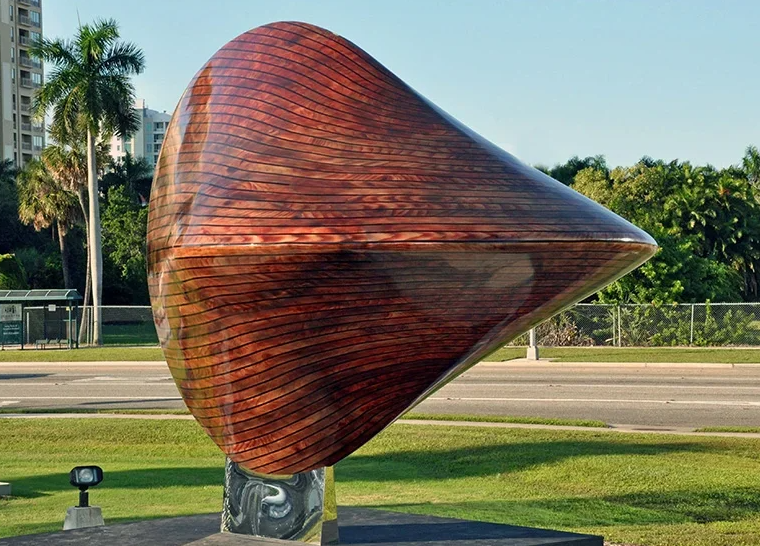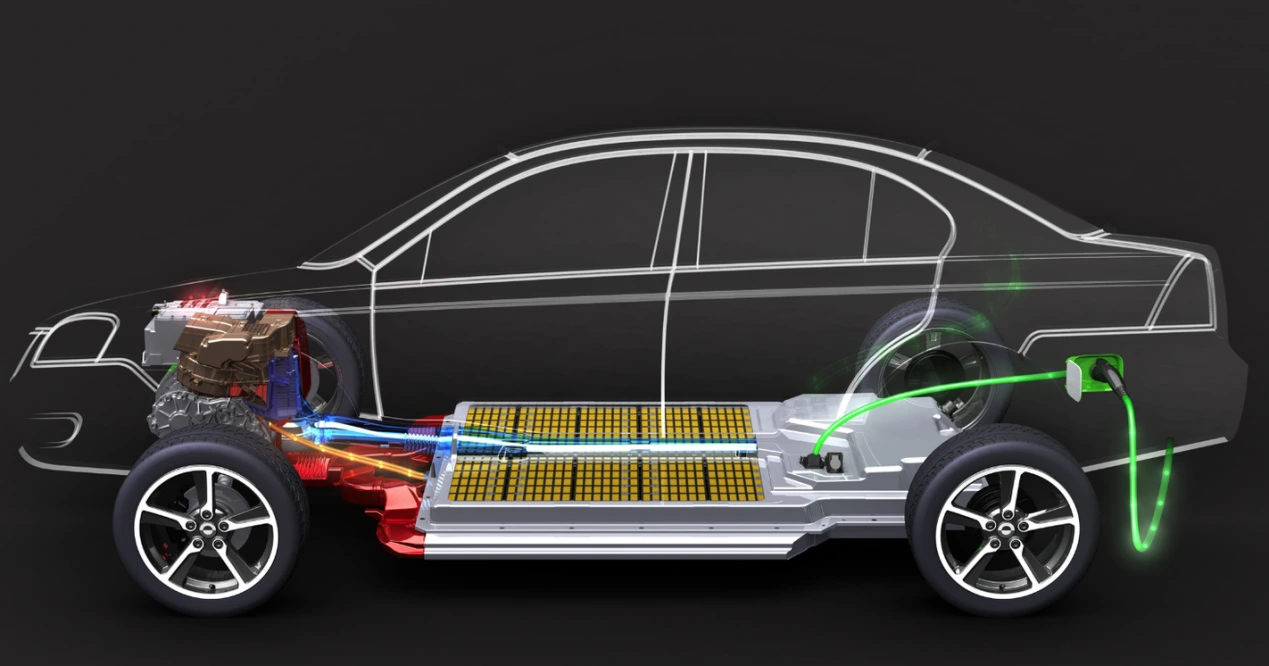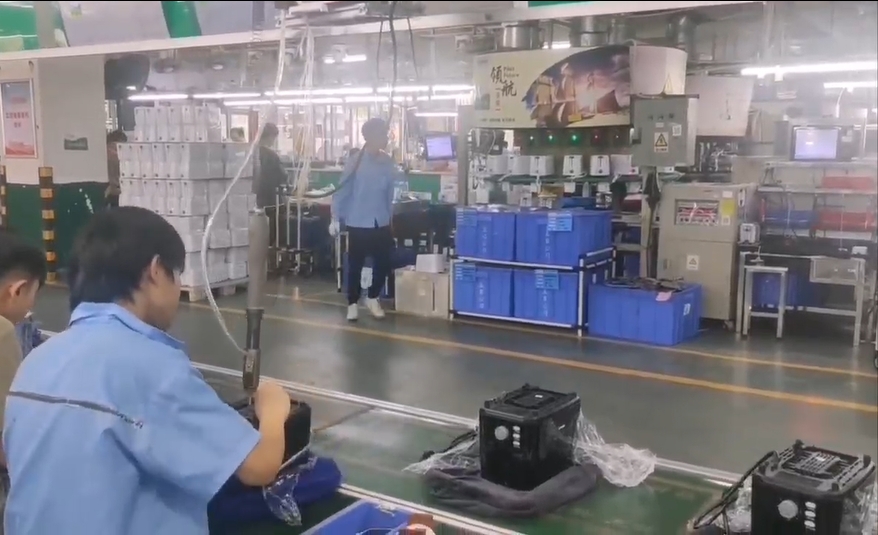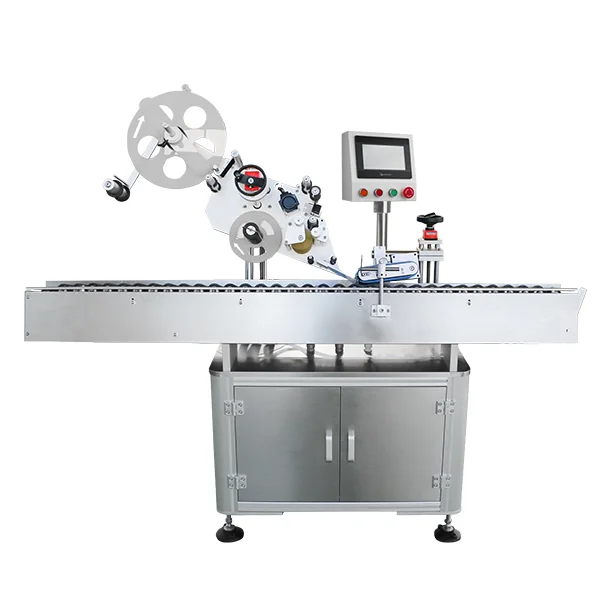Large outdoor sculptures have become iconic elements in urban landscapes, public spaces, parks, and private estates. Beyond their artistic and cultural value, these sculptures represent substantial investments. To maintain their structural integrity, visual appeal, and public safety, careful installation and long-term maintenance are essential.
Jiangxi Toqine Metal Crafts Corporation Limited specializes in metal artwork design, production, and installation, offering expertise in creating and securely installing large-scale sculptures. With this article, we provide a comprehensive guide for ensuring stability and longevity in outdoor metal sculpture installations, targeting designers, installers, municipal authorities, and collectors alike.
1. Conduct a Thorough Site Assessment
Proper installation begins with a detailed evaluation of the site conditions. A comprehensive site assessment prevents future structural failures and reduces maintenance costs.
Key Considerations:
-
Soil Type and Bearing Capacity: Determine if the soil can support the sculpture’s weight. Loamy soil may require reinforcement, while clay-heavy soil could demand deeper foundations.
-
Topography and Drainage: Sloped areas may need retaining structures or leveling to prevent tilting and water accumulation. Proper drainage reduces corrosion risks.
-
Environmental Exposure: Analyze wind patterns, rainfall, snow load, and sun exposure to anticipate stress factors.
-
Accessibility: Ensure cranes, trucks, and other heavy equipment can safely access the installation site.
A pre-installation survey helps in choosing the right foundation type, anchoring method, and protective measures, significantly improving long-term stability.
2. Design a Strong and Stable Foundation
The foundation is the backbone of any large sculpture installation. A well-engineered base ensures that the sculpture remains stable even under extreme weather or human interaction.
Foundation Strategies:
-
Concrete Footings: Widely used for large sculptures, concrete footings distribute weight evenly and provide a solid base for anchoring.
-
Embedded Steel Rods and Anchor Bolts: These help secure sculptures to the foundation, preventing tipping or movement.
-
Custom Bases: For uneven or irregularly shaped sculptures, custom bases ensure balanced load distribution.
-
Depth Consideration: Deep foundations are critical in areas with loose soil or high wind loads, improving overall stability.
A robust foundation is the first step in guaranteeing both safety and longevity of outdoor sculptures.
3. Material Selection and Protective Treatments
The choice of materials and their treatment play a significant role in the durability of outdoor sculptures.
Best Practices:
-
Corrosion-Resistant Metals: Stainless steel, aluminum, and coated carbon steel resist rust and oxidation, maintaining structural integrity over time.
-
Surface Treatments: Anodizing, powder coating, or protective paint enhances durability while preserving aesthetics.
-
UV and Weather Protection: Select finishes that resist fading or deterioration from sun exposure and moisture.
-
Long-Term Maintenance Planning: Documenting materials and treatments helps in routine inspections and repairs.
Using high-quality materials and finishes minimizes long-term maintenance costs and preserves the sculpture’s visual and structural integrity.
4. Professional Equipment for Installation
Installing large sculptures requires specialized lifting and positioning equipment to avoid damage and ensure safety.
Equipment Recommendations:
-
Cranes and Hoists: Safely lift and position heavy sculptures without strain.
-
Leveling Tools: Laser levels, plumb lines, and inclinometers guarantee proper alignment.
-
Protective Gear: Helmets, harnesses, gloves, and steel-toe boots protect the installation team.
-
Temporary Supports: Scaffolds or braces stabilize sculptures during the installation process.
Professional tools and careful handling reduce the risk of structural damage, misalignment, and worker injuries.
5. Anchoring Systems and Stability
Anchoring ensures that the sculpture remains secure and upright in all conditions.
Anchoring Techniques:
-
Embedded Steel Anchors: Deeply set steel rods or bolts anchor the sculpture firmly to the foundation.
-
Base Plates with Bolted Connections: Provide additional structural reinforcement and allow minor adjustments for leveling.
-
Custom Brackets and Frames: For irregular shapes or cantilevered designs, custom supports distribute weight effectively.
-
Seismic and Wind Considerations: Account for lateral forces from wind, earthquakes, or human interaction when designing anchors.
Well-planned anchoring systems prevent tipping, wobbling, and potential structural failure.
6. Weight Distribution and Structural Balance
Large sculptures with asymmetrical designs require careful weight management to avoid stress points or tilting.
Balance Strategies:
-
Analyze Center of Gravity: Adjust base placement to counterbalance uneven weight distribution.
-
Internal Reinforcements: Steel frames or braces provide additional support in weak spots.
-
Dynamic Load Considerations: Include wind pressure, vibration, and potential human interaction in design calculations.
Proper balance guarantees that sculptures remain stable over decades, maintaining both safety and aesthetic appeal.
7. Environmental and Safety Considerations
Outdoor sculptures face environmental challenges and must comply with public safety standards.
Key Measures:
-
Weatherproofing: Use coatings to resist corrosion, UV damage, and moisture penetration.
-
Edge Safety: Round off sharp edges or install protective barriers to reduce injury risk.
-
Drainage Management: Ensure water does not accumulate at the base, which could weaken the foundation.
-
Wind and Seismic Adaptation: Anchor and brace sculptures to withstand extreme weather events.
Considering environmental factors during installation reduces long-term risk and maintenance costs.
8. Long-Term Maintenance Planning
Even perfectly installed sculptures require ongoing inspection and care to preserve stability and appearance.
Maintenance Tips:
-
Regular Inspections: Check bolts, anchors, and structural integrity every 6–12 months.
-
Cleaning Protocols: Use non-abrasive methods to maintain surface finishes.
-
Minor Repairs: Quickly address scratches, dents, or paint degradation to prevent long-term damage.
-
Documentation: Maintain detailed records of materials, installation, and treatments for consistent upkeep.
A proactive maintenance schedule extends the life expectancy of sculptures while preserving their aesthetic quality.
9. Collaboration with Professional Teams
Large-scale installations require expertise in engineering, metalwork, and artistic design.
Benefits of Professional Teams:
-
Experience with Large Metal Sculptures: Understanding material behavior under outdoor conditions.
-
Customized Solutions: Tailored anchoring, reinforcement, and protective strategies.
-
Project Management: Ensures smooth installation, minimizing risk of delays or errors.
-
Compliance: Adheres to safety standards and local regulations for public art installations.
Engaging professionals like Toqine Metal Crafts ensures a safe, visually appealing, and durable installation.
10. Documentation and Record-Keeping
Maintaining detailed records is essential for future reference and ongoing maintenance.
Documentation Should Include:
-
Foundation and Anchor Specifications: For repair, maintenance, or relocation.
-
Materials and Surface Treatments: Helps with future touch-ups and preventive maintenance.
-
Installation Procedures: Ensures repeatable standards for similar future projects.
-
Environmental and Safety Considerations: Notes any site-specific precautions.
Proper documentation supports long-term reliability and facilitates efficient maintenance planning.
11. Planning for Public Interaction
Outdoor sculptures often attract public interaction. Consider:
-
Barriers or Clear Zones: Prevent accidental collisions or damage from visitors.
-
Interactive Features: If intended for engagement, ensure structural safety while designing interactive components.
-
Signage: Inform visitors of safe distances and potential hazards.
Accounting for human interaction preserves both structural integrity and public safety.
12. Integrating Aesthetic and Functional Design
Stability and longevity do not compromise aesthetic value. Integrate artistic vision with practical engineering:
-
Hidden Reinforcements: Strengthen sculptures internally without affecting visual design.
-
Material Selection: Combine corrosion-resistant metals with visually appealing finishes.
-
Custom Bases: Enhance the visual presentation while providing necessary support.
This approach ensures that sculptures remain both beautiful and durable.
Conclusion
Installing large outdoor sculptures is a complex, multi-step process that combines engineering precision, material science, and artistic vision. By following these strategies—thorough site assessment, foundation engineering, material protection, proper anchoring, weight balancing, environmental safety, professional installation, long-term maintenance, and public interaction planning—you can ensure that sculptures remain stable, safe, and visually striking for decades.
At Toqine Metal Crafts, we specialize in designing, producing, and professionally installing metal sculptures, offering expert guidance and tailored solutions that maximize both safety and longevity.
www.jx-yf.com
Jiangxi Toqine Metal Crafts Corporation Limited



